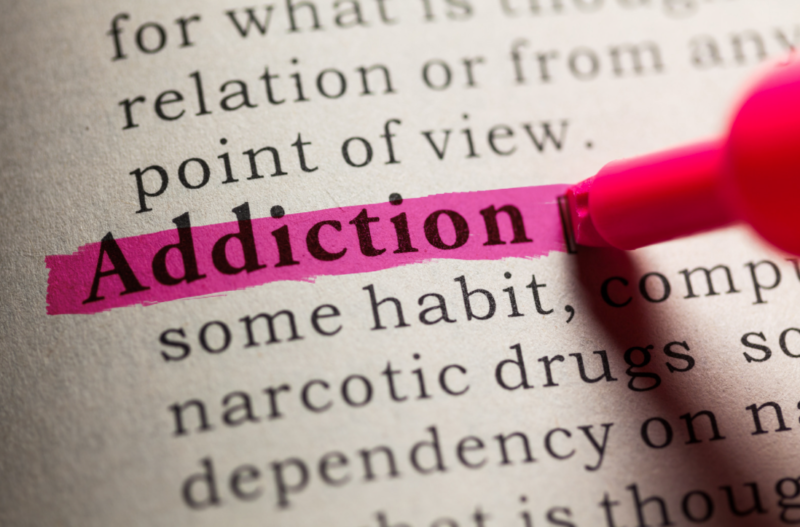
We hear it all the time from new patients, concerned families, and, yes, even the recovery community in Portland, Oregon all the time.
You’ve probably heard it, in Portland, too. It goes something like this:
“Methadone? Suboxone? Vivitrol? Isn’t all of this just replacing one addiction with another?”
It makes sense why this is one of the most common questions we get about Medication Assisted Treatment (or MAT) for addictions like Opioid Use Disorder (OUD) and Alcohol Use Disorder (AUD).
The patient starts taking a pill everyday (or, in the case of Vivitrol, getting a monthly shot) and stops using, say, heroin. Clearly, a “switch” of some kind has been made.
But what is the nature of that “switch?” Is it trading one addiction for another?
Today, we’ll answer that question for the good people of Portland once and for all. We’ll walk readers through the mountains of evidence behind the effectiveness of MAT and we’ll demonstrate why every major public health authority – from the CDC, to ASAM, to WHO to NIDA – all recognize MAT as the gold standard of treatment for Opioid Use Disorder.
What is MAT and How Does it Treat Addiction Without Replacing One Addiction for Another?

MAT is simply an approach to the disease of addiction that combines medication with behavioral therapy.
MAT medications, like the Suboxone and Vivitrol we prescribe some patients at Shanti Wellness and Recovery in SE Portland, Oregon, do not produce a “high” when taken as prescribed. Generally speaking, if patients attempt to use heroin or other opioids on MAT medications, the resulting “high” is usually blunted or blocked altogether. Best of all? MAT stops the cravings and withdrawal symptoms that keep people who suffer from SUD from engaging in risky behaviors and trapped in the most damaging patterns of active addiction.
Patients who participate in MAT as part of their treatment plan have much, much better outcomes in many categories. They are at reduced risk for relapse as well as overdose. Many MAT patients find that treatment enables them to achieve complete sobriety. However, if MAT patients don’t completely discontinue their use of street opioids and/or prescription drug abuse, statistics show that when they do use, they use less frequently and in less risky ways. Moreover, patients who are prescribed MAT medications are much less likely to engage in criminal activity or contract an infectious disease.
Perhaps best of all, MAT medications reduce the death rate of those living with OUD by a full 50%. With just this one, simple intervention, we could cut the nation’s overdose mortality rate in half overnight. This “selling point” alone makes MAT “worth it” to many patients and their families.
The Difference Between Addiction and Dependence Explains Why MAT Doesn’t Replace One Addiction for Another

MAT medications do cause dependence in patients. Some of them, like Suboxone, are opioids themselves. If patients skip a dose of their medication, they will experience the effects of withdrawal.
However, dependence is not necessarily a horrible thing. Think about it.
Many American adults are dependent on caffeine, for example. While it may rise to the level of clinical addiction in a few who are grossly misusing it, the vast majority of Americans do not lose their careers, their families, their self-respect or their lives by engaging in caffeine-seeking and caffeine using behaviors.
MAT medications are the same. Patients do not compromise their values, lose their jobs or battle near-constant obsessive thoughts over their next MAT dose. It’s a non-event that just melts into the background and allows patients to move on with their day in a productive way.
In other words, dependence and addiction are two different things.
Dependence is simply a physical state, neither good nor bad.
Addiction is a disease defined by behaviors which interfere with daily functioning.
If MAT Medications Don’t Replace One Addiction for Another, Then Why Aren’t They More Popular in Portland?

Why isn’t MAT a more popular addiction treatment option in America? In a word, stigma.
Despite decades of research into the topic, many people continue to believe that addiction is a moral failing rather than a disease. Part of this belief is the thought that addiction is caused by a lack of “willpower” and that people who struggle with SUD have “chosen” to damage themselves, their lives and their loved ones with drug or alcohol misuse.
In this (completely inaccurate) belief system, people with SUD are often ultimately characterized as “bad” people who simply need to reform themselves into “good” people in order to change their behavior.
We know that none of this is, in fact, accurate. No one chooses addiction. Certainly, the first instance of use may have been elective, but most people try or regularly use drugs of abuse (hello, alcohol!) without ever developing an addiction.
Not a single patient at Shanti Wellness and Recovery enjoys their loss of control over their lives that comes with active addiction. Addiction is not pleasurable—far from it.
How Can I Access MAT Medications for Addiction in Portland, Oregon?
Good news – at Shanti Wellness and Recovery, we work with you to tailor treatment plans to your situation, your goals and your life. Everything we do is evidence based and shame-free.
Depending on the patient, we can offer MAT medication, nutritional therapy and/or talk therapy in a cozy, family clinic setting. We love to see patients like you succeed and thrive.
Interested to learn more about how we can help? Give us a call today to begin your journey to freedom from addiction!
